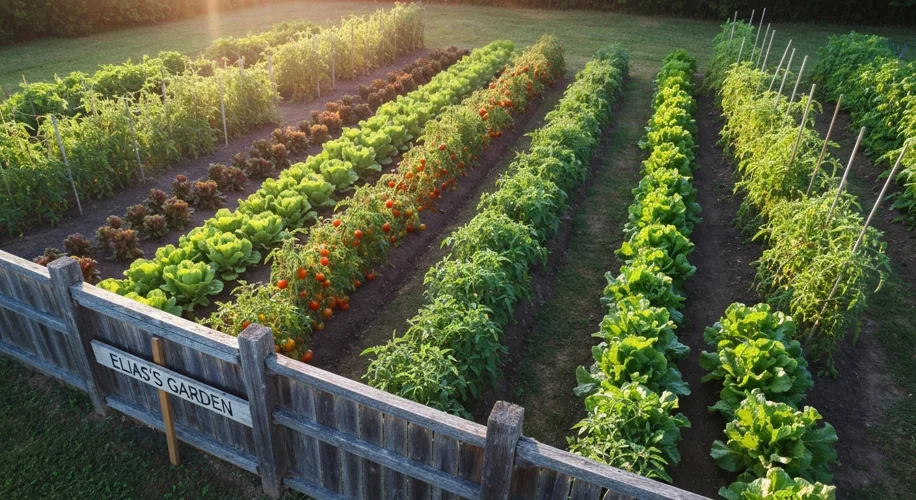There’s a unique satisfaction that comes from growing your own food. It’s not just about the taste, though that’s a huge part of it. It’s about the connection to the earth, the understanding of nature’s cycles, and the simple joy of nurturing something from a tiny seed into a bountiful harvest.
If you’ve ever dreamed of having your own organic vegetable garden, but felt a bit overwhelmed, you’re in the right place. I’ve been there, transforming a patch of suburban lawn into a productive oasis, and I want to share what I’ve learned along the way.
Getting Started: The Foundation is Key
Before you even think about seeds, let’s talk soil. Healthy soil is the backbone of any successful organic garden. My first step was always to get a soil test. This tells you what nutrients your soil might be lacking and its pH level, which is crucial for nutrient uptake by plants.
Organic gardening means we avoid synthetic fertilizers and pesticides. Instead, we focus on building rich, living soil. Compost is your best friend here! If you don’t have a compost pile, start one. Kitchen scraps, yard waste – it all breaks down into black gold that will feed your plants.
Amending your soil with generous amounts of compost and perhaps some well-rotted manure before planting is essential. I also like to add a bit of worm castings for an extra boost of beneficial microbes.
Choosing Your Crops: Start Smart
Don’t try to grow everything at once! For beginners, it’s best to start with vegetables that are relatively easy to grow and produce well in your climate. Think about what you and your family love to eat.
Some reliable choices include:
* Leafy Greens: Lettuce, spinach, and kale are usually forgiving and can be succession planted for a continuous harvest.
* Root Vegetables: Carrots, radishes, and beets are satisfying to pull from the ground.
* Fruiting Vegetables: Tomatoes, peppers, and zucchini often yield abundantly if given good sunlight and consistent watering.
Consider starting some plants from seed indoors a few weeks before your last frost date, especially tomatoes and peppers. This gives them a head start. You can also buy healthy seedlings from a local nursery.
Planting and Care: Nurturing Growth
When it’s time to plant, follow the spacing recommendations on your seed packets or plant tags. Overcrowding can lead to poor air circulation and disease.
Watering is critical, especially during dry spells. Aim for deep, infrequent watering rather than shallow, daily sprinklings. This encourages roots to grow deeper.
Weeding is an ongoing task, but it’s worth it. Weeds compete for water, nutrients, and sunlight. Mulching with straw, shredded leaves, or wood chips can suppress weeds and help retain soil moisture.
Dealing with Pests Organically
One of the joys of organic gardening is working with nature, not against it. Instead of harsh chemicals, we attract beneficial insects like ladybugs and lacewings that prey on pests.
Regularly inspect your plants for any signs of trouble. Sometimes, a strong spray of water can dislodge aphids. For tougher pests, organic options like neem oil or insecticidal soap can be effective when used as directed. Companion planting – strategically placing certain plants together – can also help deter pests naturally.
The Reward: From Garden to Supper
There’s nothing quite like harvesting your own produce. The vibrant colors, the incredible freshness, the taste – it’s a culinary experience that store-bought can rarely match. Whether it’s slicing a sun-warmed tomato onto a sandwich, adding freshly picked basil to pasta, or enjoying crisp lettuce in a salad, the journey from seed to supper is incredibly rewarding.
So, roll up your sleeves, get your hands in the dirt, and start your own organic garden. You might be surprised at how much you learn, and more importantly, how much you grow to love it.

